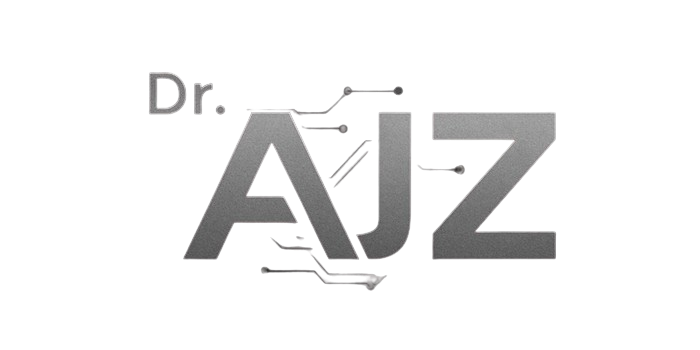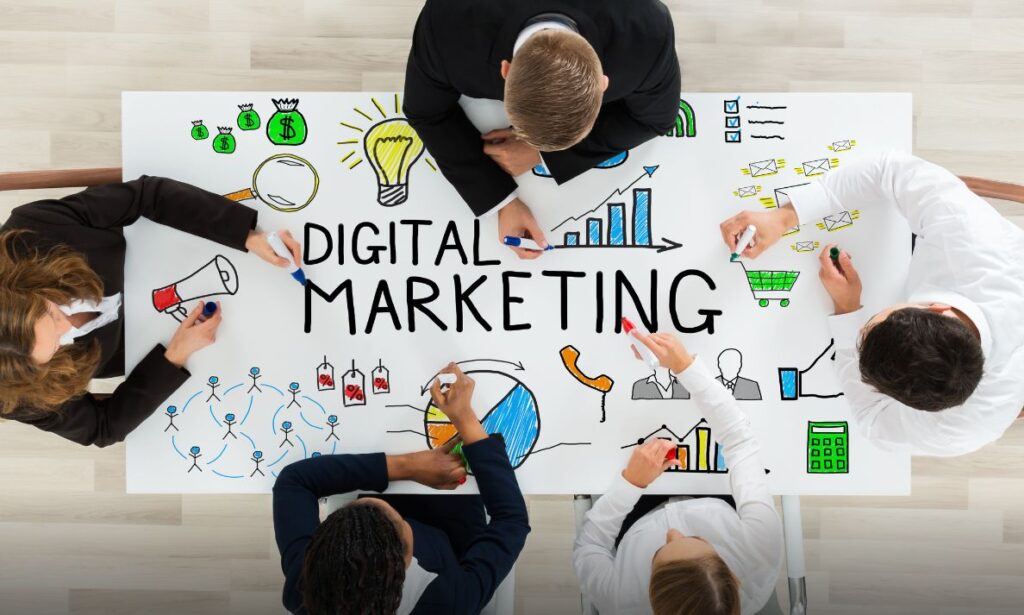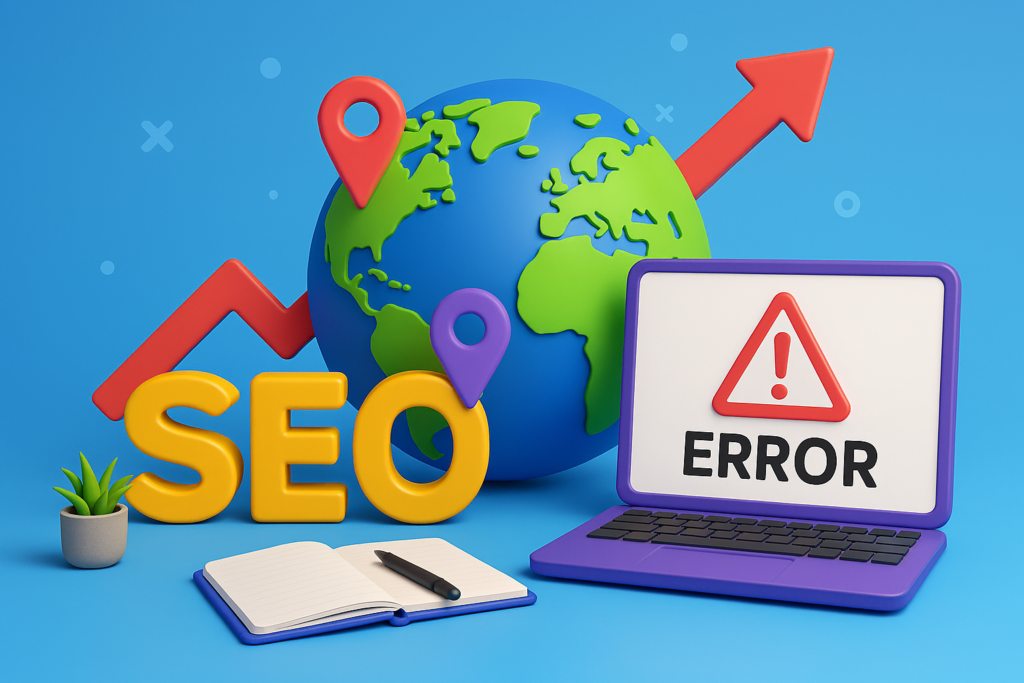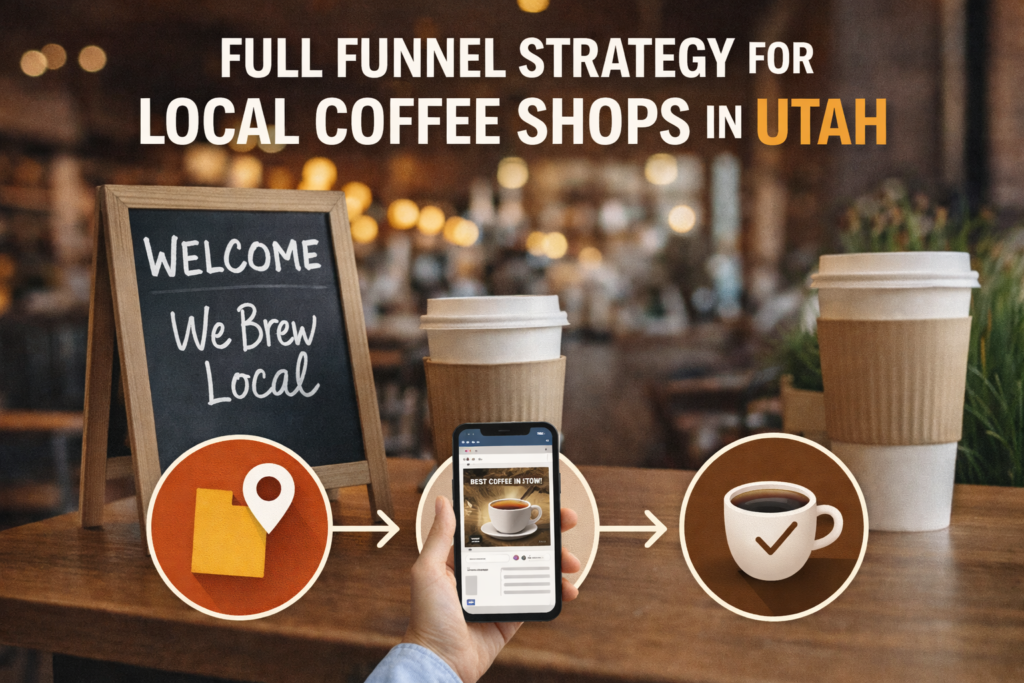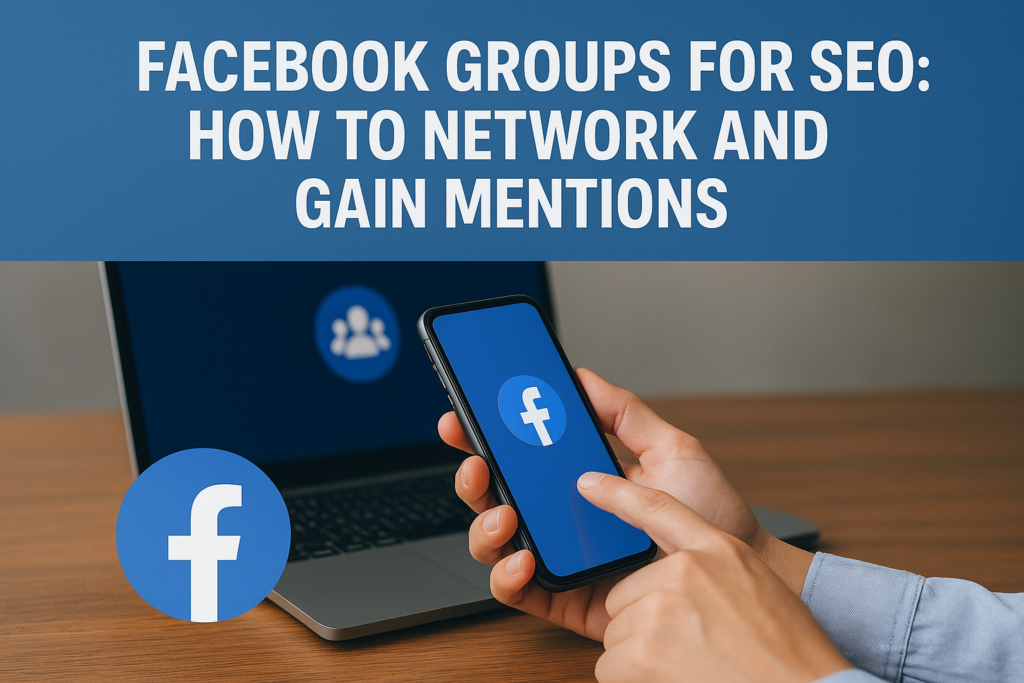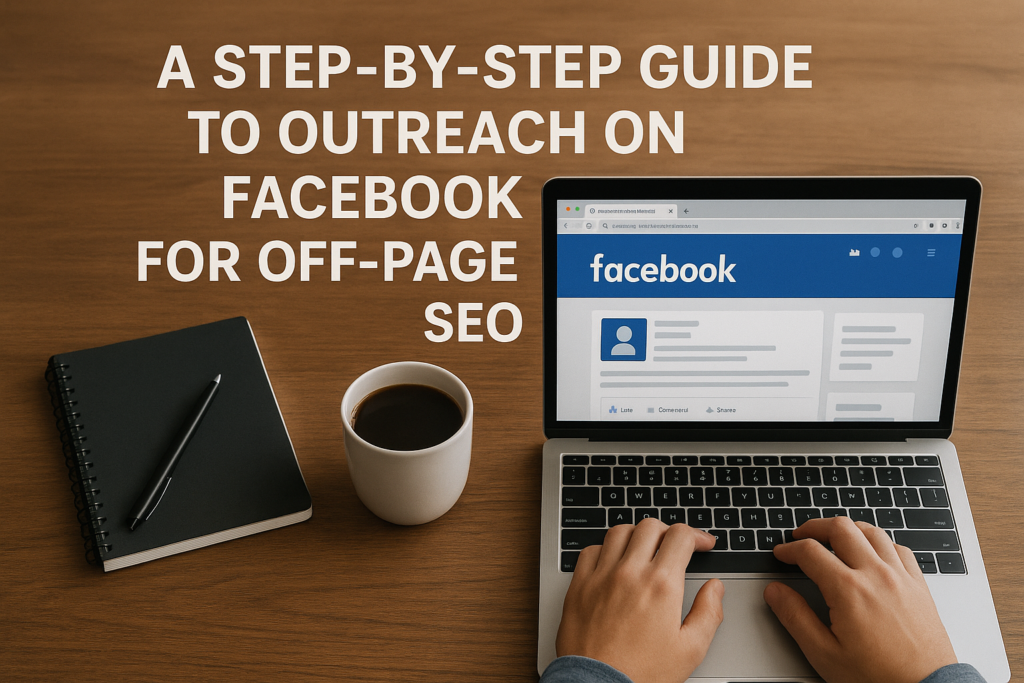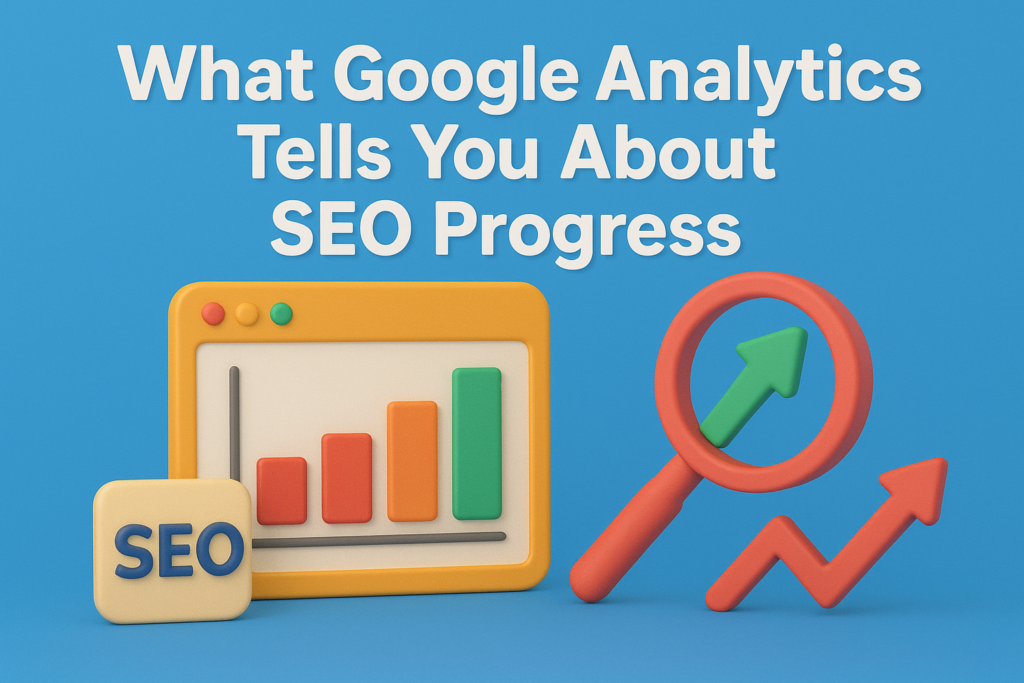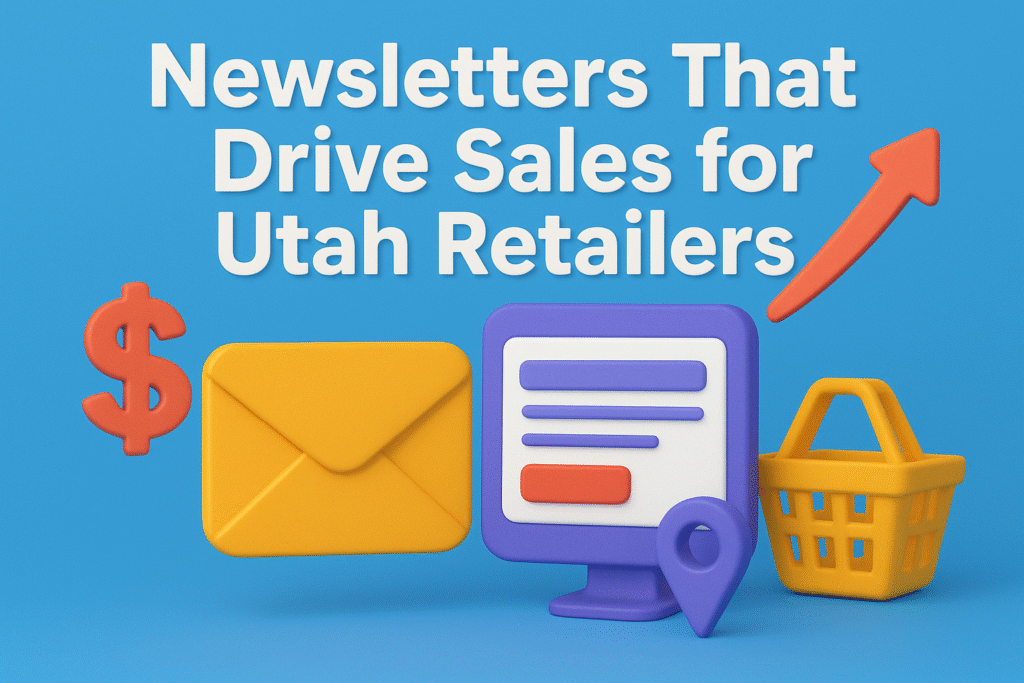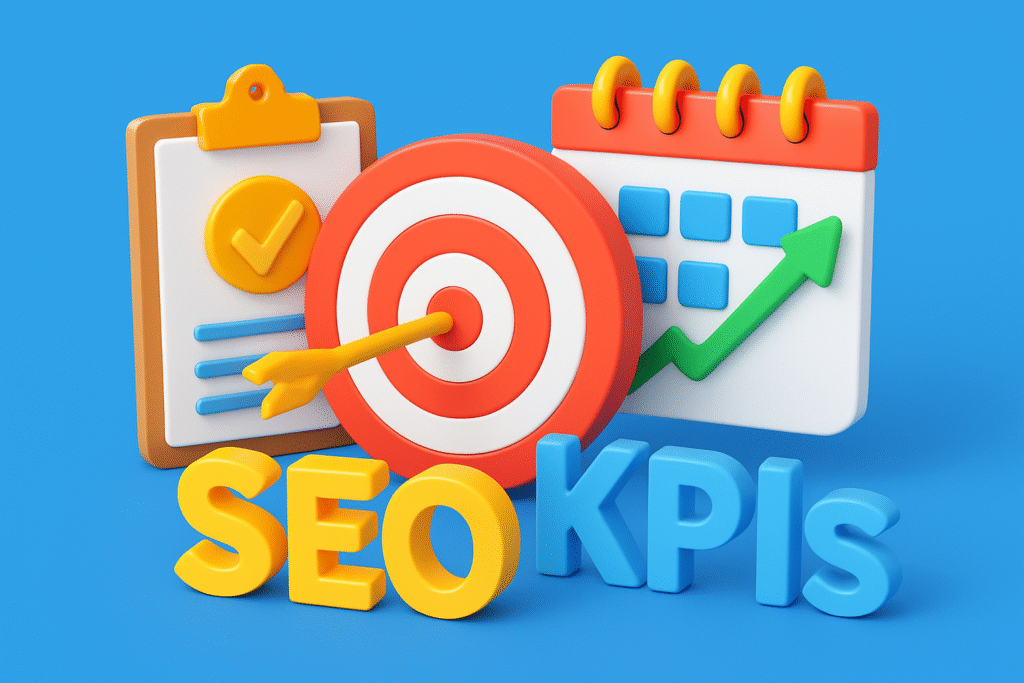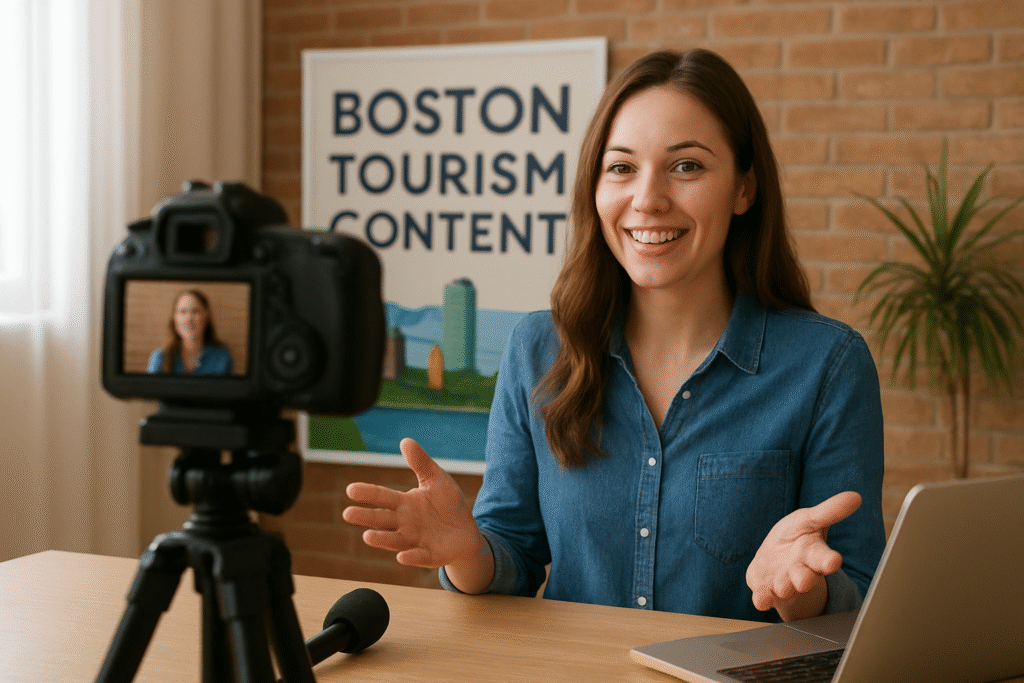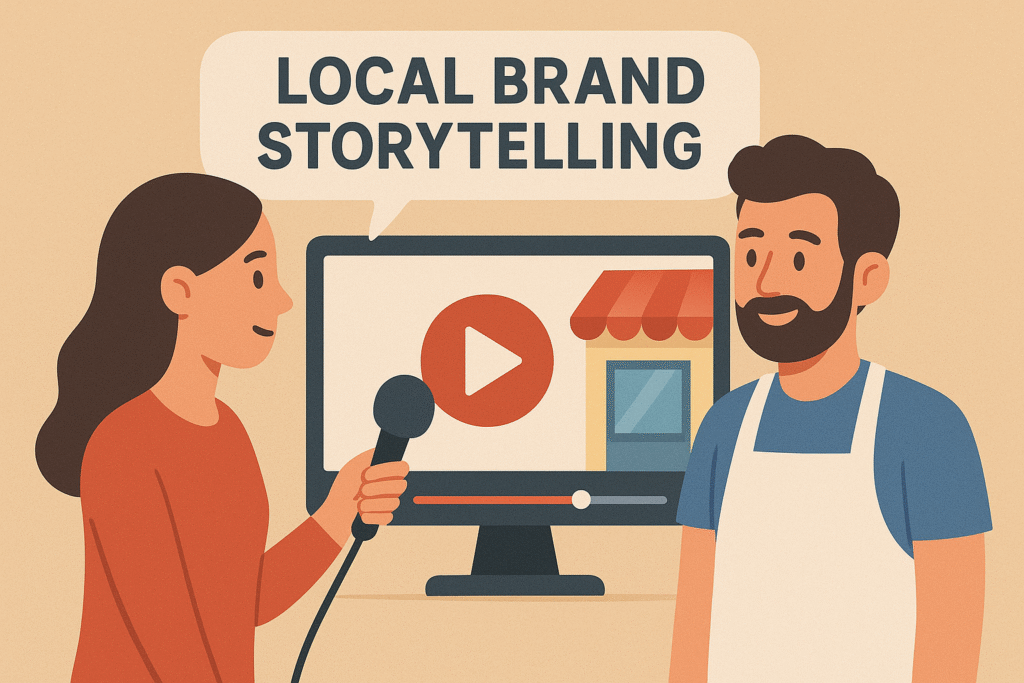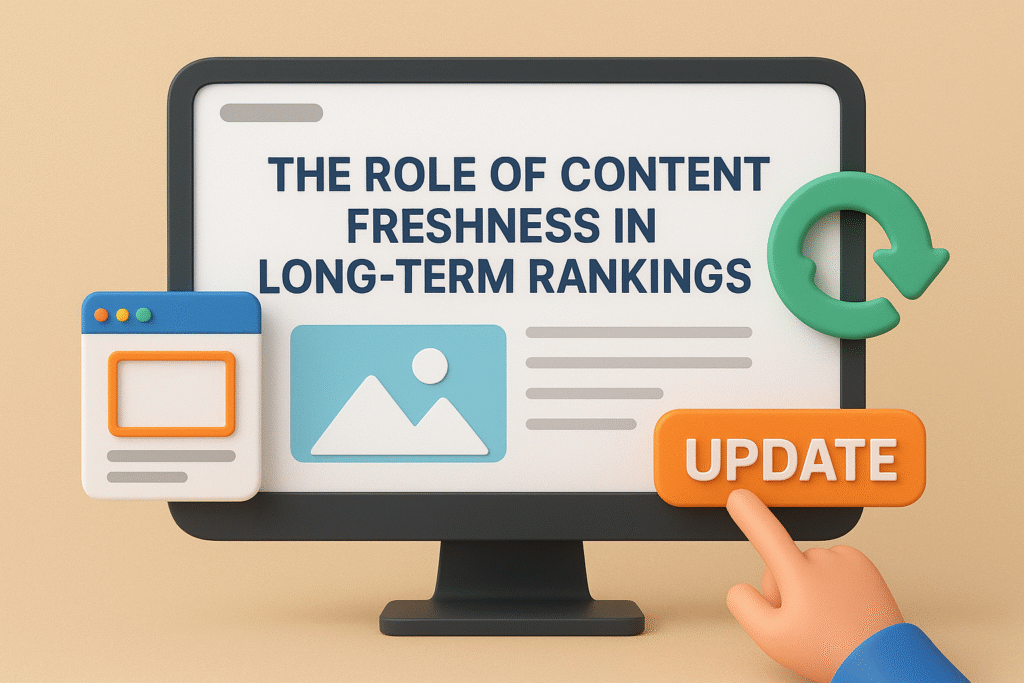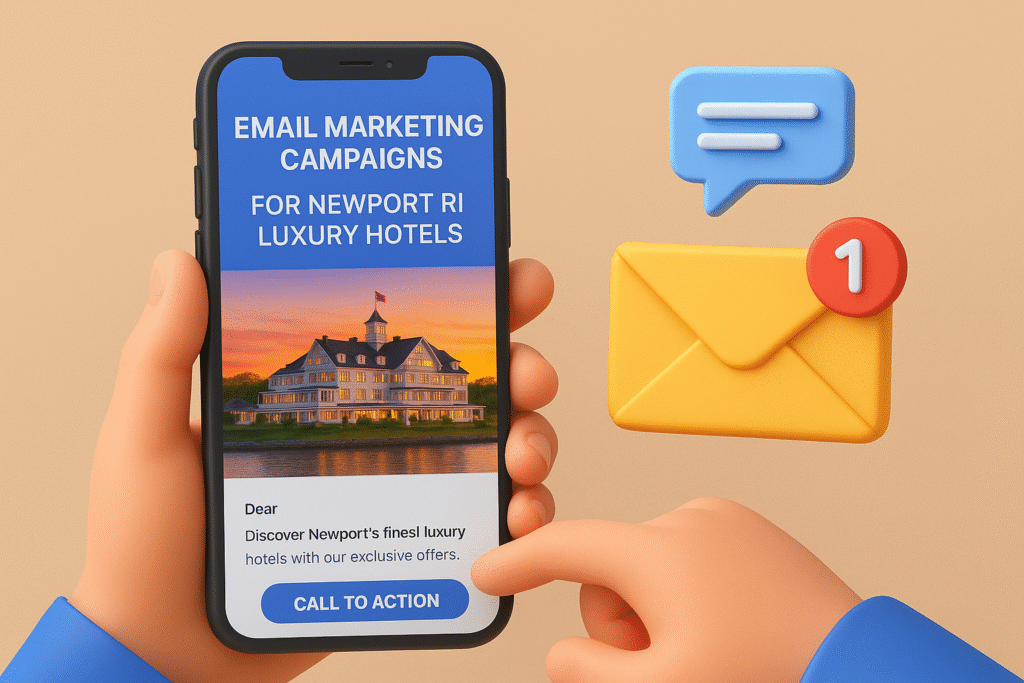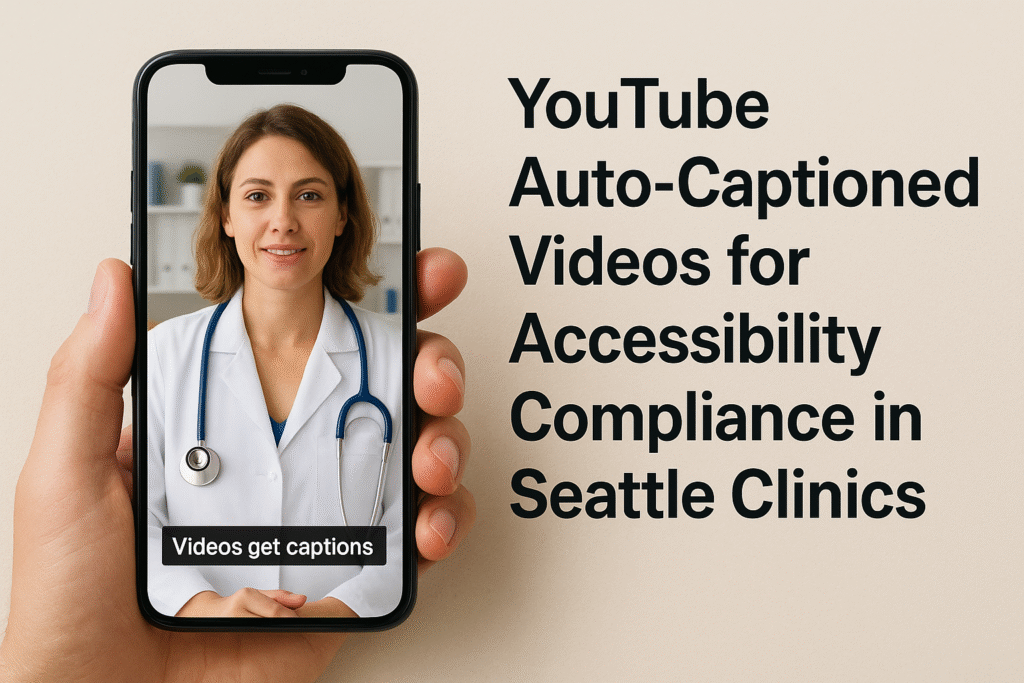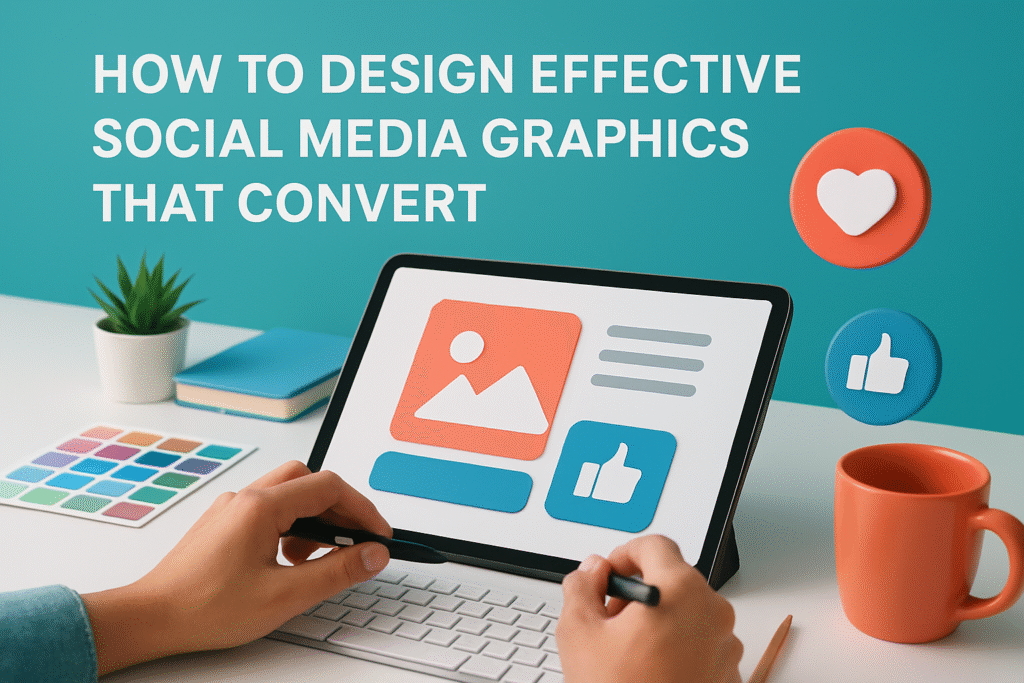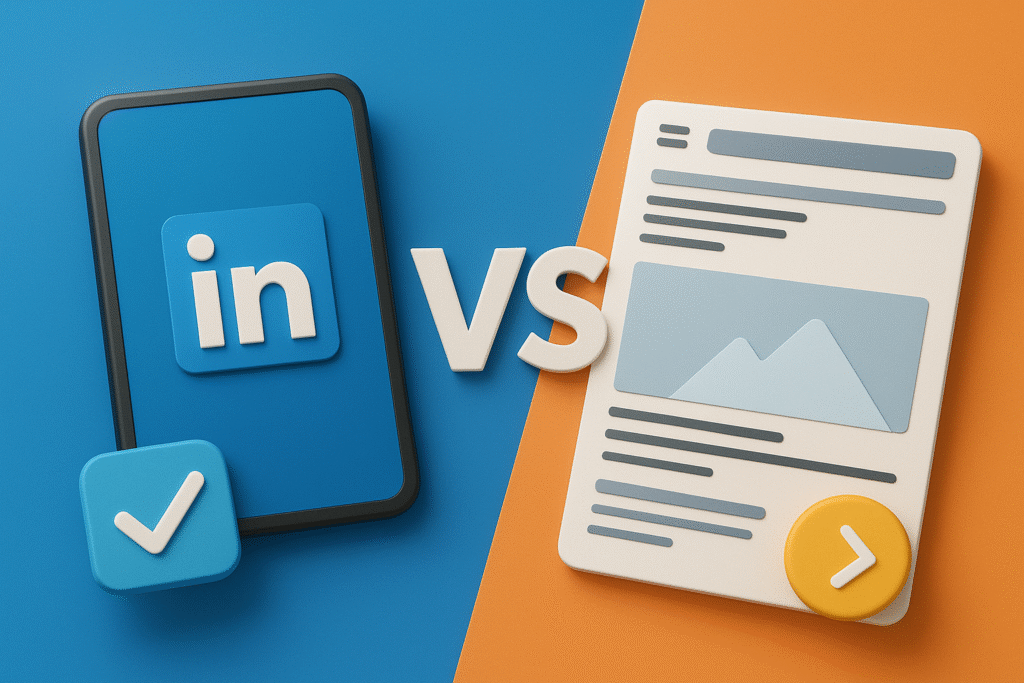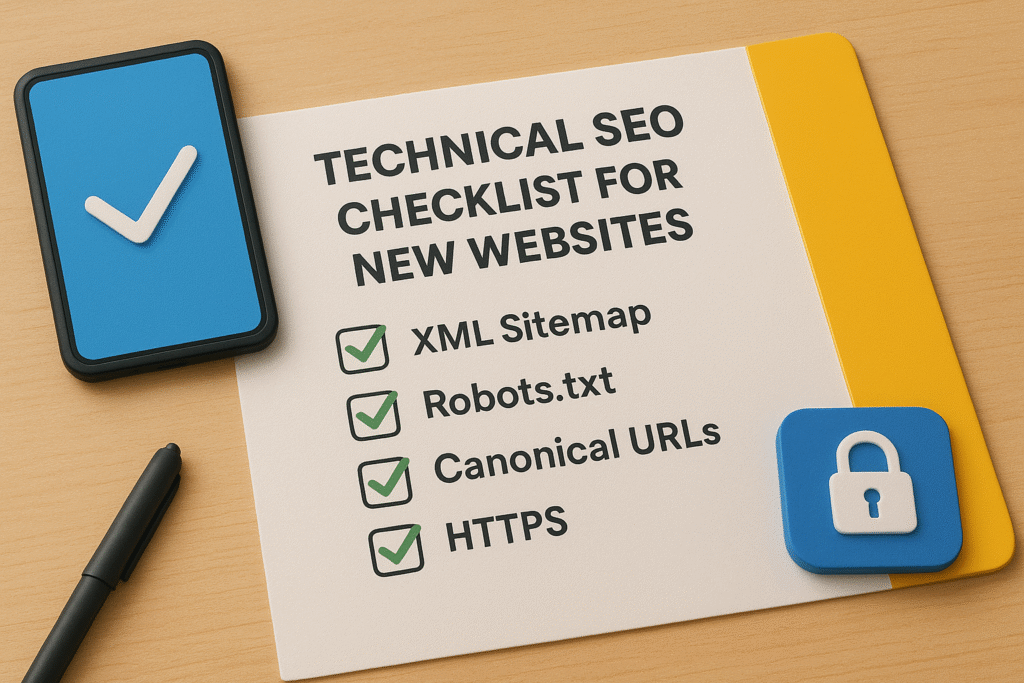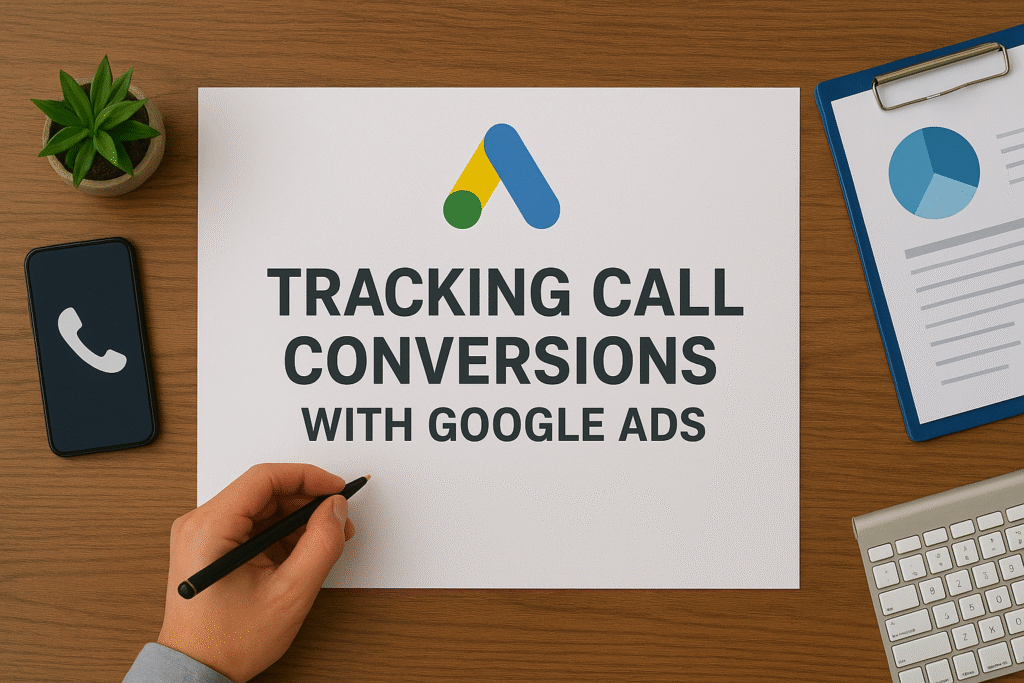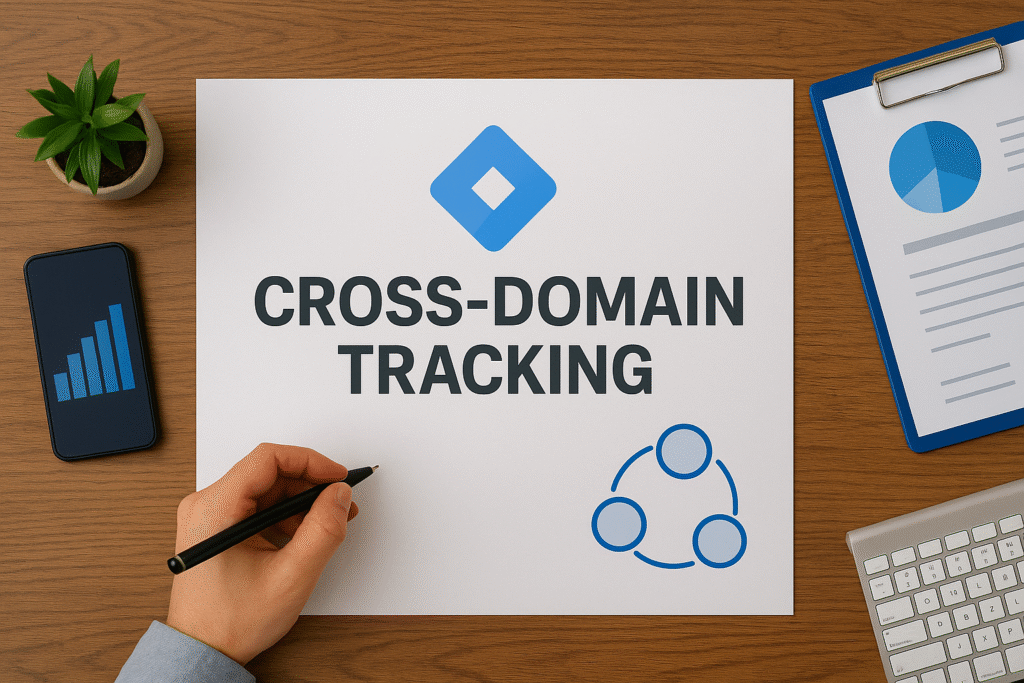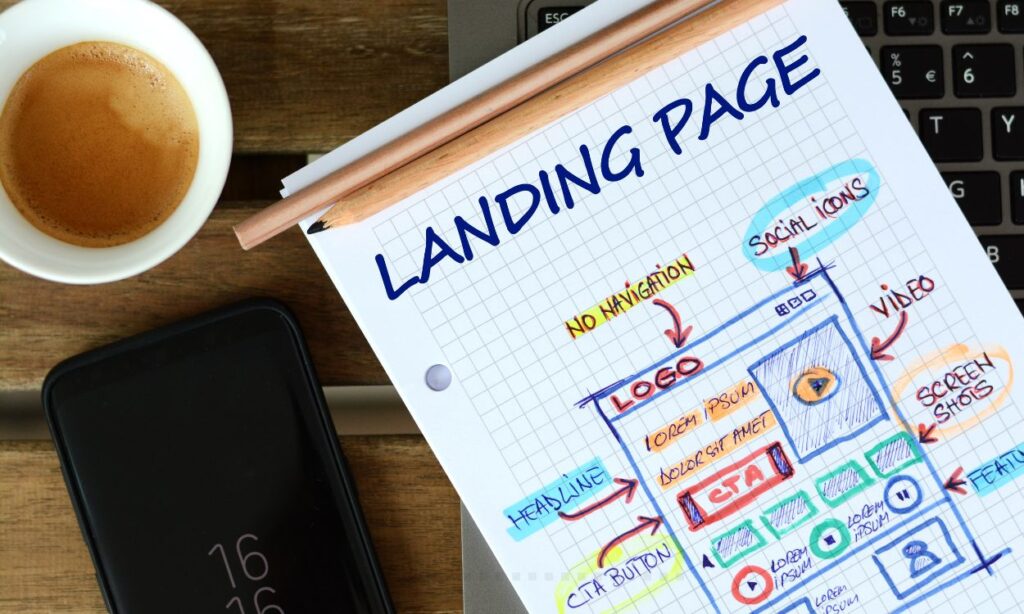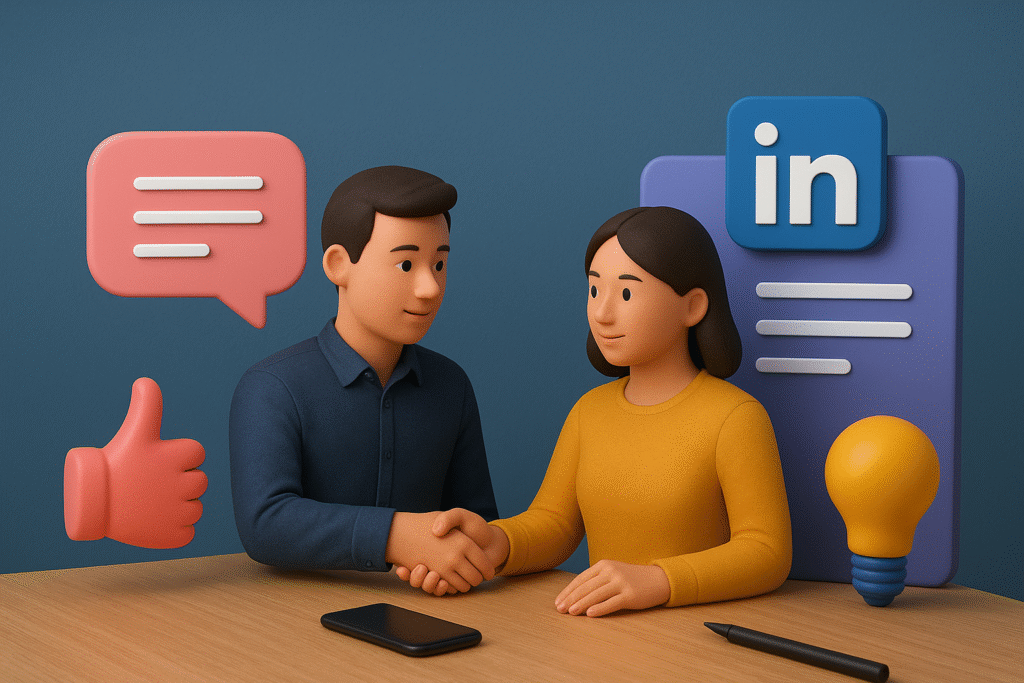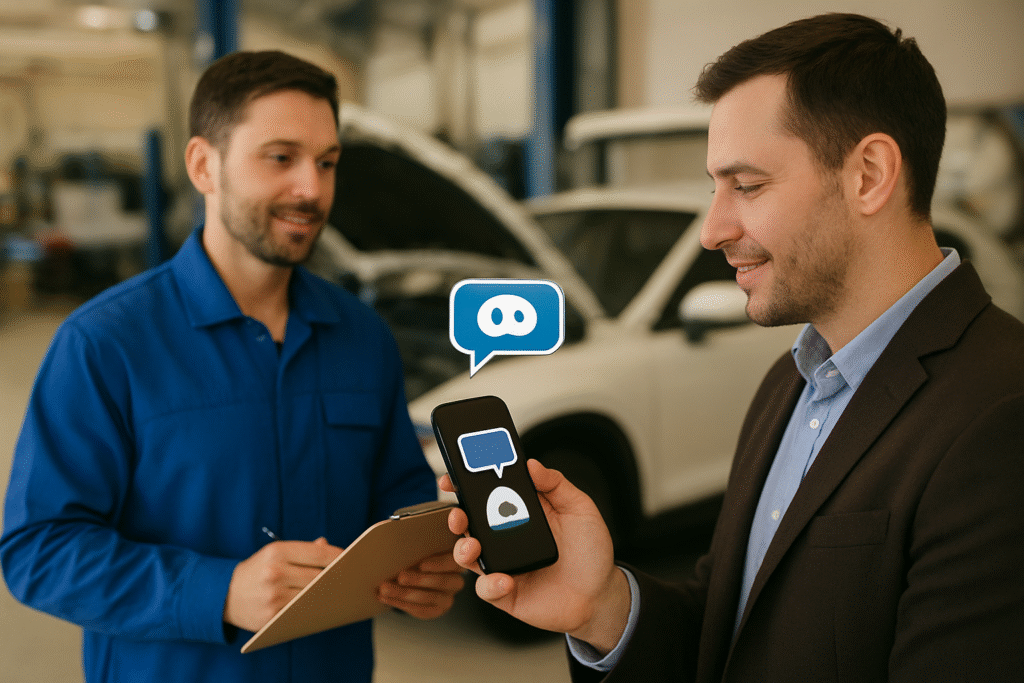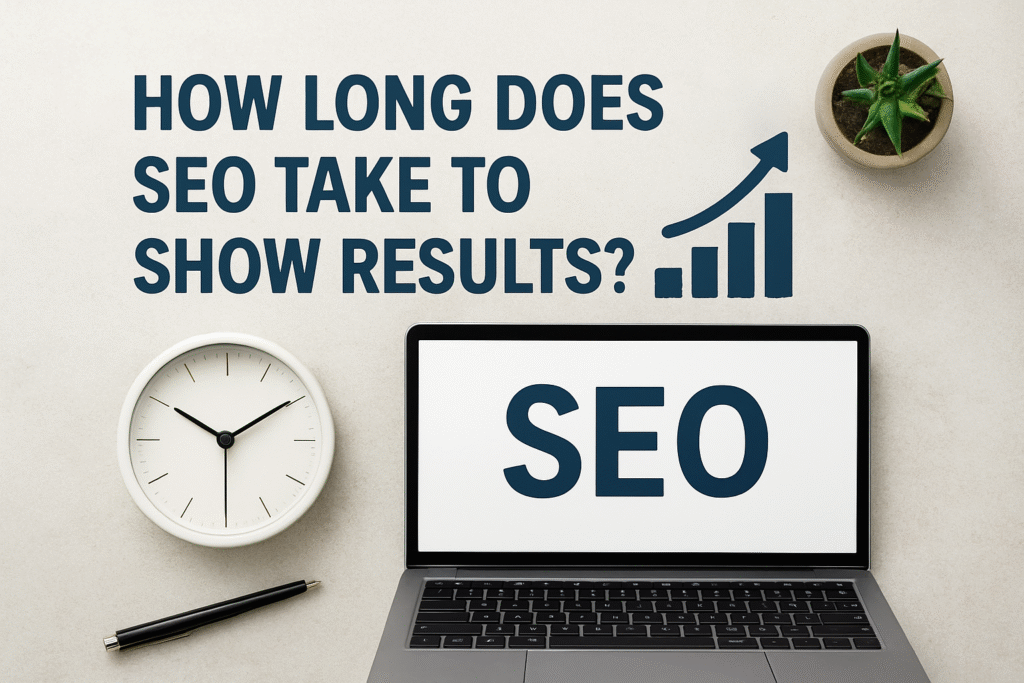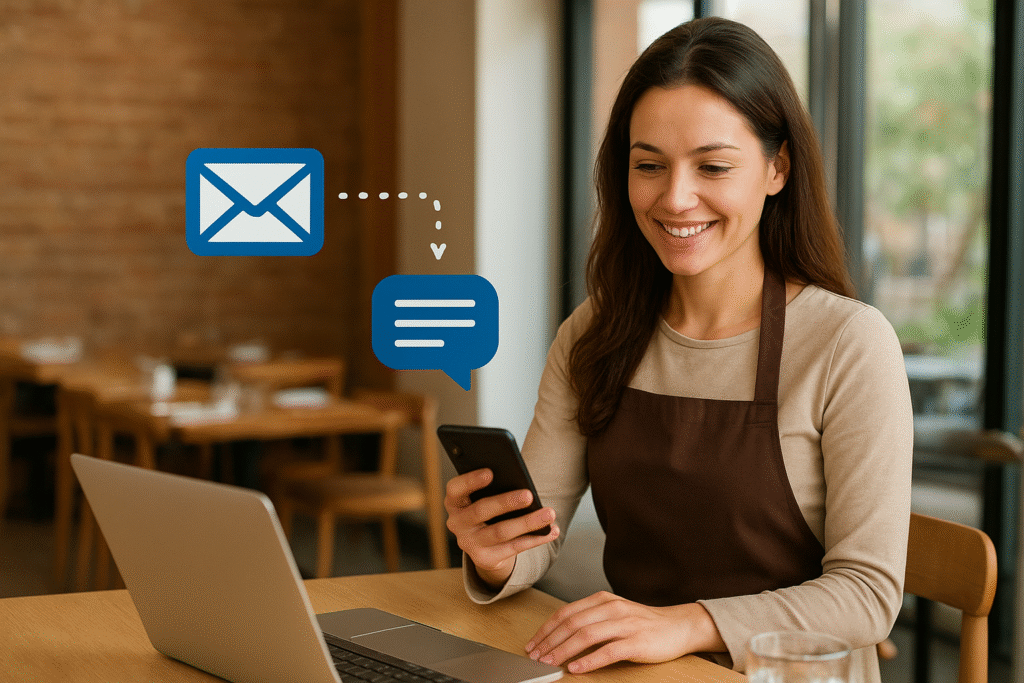As someone deeply immersed in the world of content and digital strategy, I’ve witnessed a massive shift in how brands connect with their audiences. Gone are the days of generic messaging. Today, personalization in digital marketing isn’t just a trend—it’s a necessity. Customers expect tailored experiences that resonate with their needs, interests, and behaviors. And if you’re not offering that, you’re simply not in the game.
In my journey of working with multiple clients, I’ve seen firsthand how implementing personalization has increased user engagement, boosted conversions, and elevated brand loyalty. Whether you’re running email campaigns, managing a website, or launching paid ads, personalized digital marketing is where the magic truly happens.
What Is Personalization in Digital Marketing?
Personalization in digital marketing refers to the process of delivering individualized content and experiences to users based on their behavior, preferences, demographics, and more. It goes beyond just inserting a user’s name in an email—it’s about crafting dynamic, relevant experiences across every digital touchpoint.
From tailored product recommendations to geo-targeted content and custom email journeys, personalization has become the backbone of successful digital campaigns. Platforms like HubSpot and Salesforce offer powerful personalization tools that are shaping how brands interact with users in real time.
Why Personalization Matters More Than Ever
There’s a reason why companies like Amazon, Netflix, and Spotify are dominating their spaces—they’ve mastered the art of personalization. When users feel like the experience was crafted just for them, they’re more likely to engage, convert, and return. Here’s what I’ve discovered about the value of personalized marketing:
- Boosts Engagement
When users see content or offers that match their interests, they’re far more likely to interact. According to Epsilon, 80% of consumers are more likely to purchase from a brand that provides personalized experiences. - Improves Conversion Rates
I’ve run split tests where personalized CTAs outperformed generic ones by a significant margin. The closer your message is to what the user needs, the more likely they’ll take action. - Enhances Customer Loyalty
When you show customers that you understand them, they remember it. It builds trust, and trust builds loyalty. Brands that prioritize personalization in digital marketing are seeing higher customer retention rates. - Reduces Bounce Rates
Visitors who see personalized landing pages tend to stay longer and explore more. When a user lands on a site that immediately reflects their interests, it captures their attention and keeps them engaged.
Types of Personalization You Should Be Using
Over the years, I’ve experimented with various types of personalization, and these are the strategies that consistently deliver results:
1. Email Personalization
One of the easiest and most effective places to start. I customize subject lines, body content, product recommendations, and timing based on user behavior. For example, abandoned cart emails with specific product reminders have helped me recover a significant percentage of lost sales.
2. Website Personalization
Using tools like Optimizely, I personalize landing pages depending on user segments—returning visitors, first-timers, users from specific locations, or even different devices. Dynamic content based on user data increases relevance and drives engagement.
3. Personalized Product Recommendations
Using browsing history and purchase behavior to show relevant products is something I always recommend for e-commerce businesses. It’s proven to increase average order value and user satisfaction.
4. Behavior-Based Retargeting
I’ve found that retargeting ads based on user actions (like viewing a particular product page) result in better click-through and conversion rates than generic ads. Facebook and Google Ads offer excellent customization features for this.
Pro Tip:
Start small with personalization by using first-party data from your email list or analytics. Even basic segmentation can lead to huge performance gains.
How Data Powers Personalization
Behind every personalized experience is robust data collection. I always emphasize that personalization in digital marketing is only as good as the data you have. Whether it’s user preferences, location, browsing habits, or previous purchases—data is the fuel that powers personalized content.
However, with growing concerns about data privacy, I make it a priority to use first-party data and be transparent about how it’s collected and used. Consent is critical. Tools like Segment and Google Tag Manager make it easier to gather and manage data ethically and effectively.
Challenges of Personalization (And How I Tackle Them)
Let’s be real: personalization isn’t without its hurdles. From collecting the right data to executing it correctly, I’ve encountered my fair share of challenges.
- Data Silos: When marketing tools don’t communicate with each other, it’s hard to get a unified view of the customer. I use CRMs like HubSpot to centralize data and create more cohesive experiences.
- Over-Personalization: Yes, there’s such a thing as too much personalization. If users feel like they’re being stalked, it can backfire. I always strike a balance between relevance and privacy.
- Technical Implementation: Sometimes, personalization requires complex integrations. But with platforms like Dynamic Yield or ActiveCampaign, I’ve been able to implement smart personalization with minimal friction.
The Future of Personalization in Digital Marketing
Looking ahead, I believe the future of personalization in digital marketing lies in AI and predictive analytics. AI tools are helping marketers go beyond reactive personalization into proactive, predictive models. Imagine content or product suggestions appearing before a user even searches for them—this is becoming possible thanks to machine learning and real-time data processing.
Voice search, chatbots, and augmented reality experiences are also shaping how personalized content is delivered. As a content strategist, I’m continuously exploring how these technologies can be integrated into my personalization strategy.
Conclusion
Personalization in digital marketing is no longer optional—it’s a core strategy for anyone looking to create meaningful digital experiences. Whether you’re a small business or an enterprise, personalization can help you stand out in a crowded digital landscape. By tailoring your content, offers, and messaging based on real user data, you create experiences that speak directly to your audience.
As I continue to refine and adapt my approach, one thing remains clear: the brands that win are the ones that put their users first—and personalization is how they do it.
If you’re serious about elevating your digital marketing strategy, check out my detailed breakdown of How to Build an SEO Strategy That Ranks in Competitive Markets—it’s packed with practical insights that complement your personalization efforts perfectly.
Also Read:
-
The Future of SEO: Trends to Watch in 2025
-
Overcoming the Fear of Learning New Skills: My Journey in Digital Marketing
-
AI Tools Your Graphic Designers Can Use To Perfect Their Designs
-
These 5 Books Can Help You Perfect Your PPC Campaigns
-
AI Tools Your Graphic Designers Can Use To Perfect Their Designs
